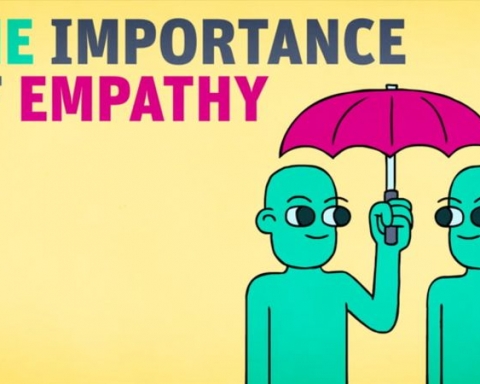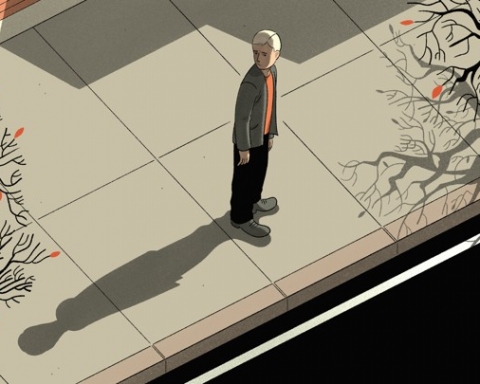When someone we care about is in pain, we want to take that pain away, we want them to feel better. To do this, we often try to offer silver linings, or get them to look on the bright side. This is offering sympathy. The advocacy model for supporting someone experiencing trauma is rooted in empathy, and does not necessarily seek to offer sympathy. Rather it seeks to build connection with a person by empathizing, by understanding their pain; and by normalizing their experience, validating their feelings, we hope that the person feels less alone. It can be difficult to stop ourselves from trying to offer solutions to people, but “solutions” rarely solve the problem, or resolve the feelings of trauma. What does help people begin to heal and feel better, even if only in that moment, is to feel heard and feel understood. This short video from MindShift explores the differences between sympathizing with a situation and empathizing with a person’s experience. These are important lessons and reminders, emphasizing that empathy is a skill we can all work on, and fine tune.
– Brett Goldberg




